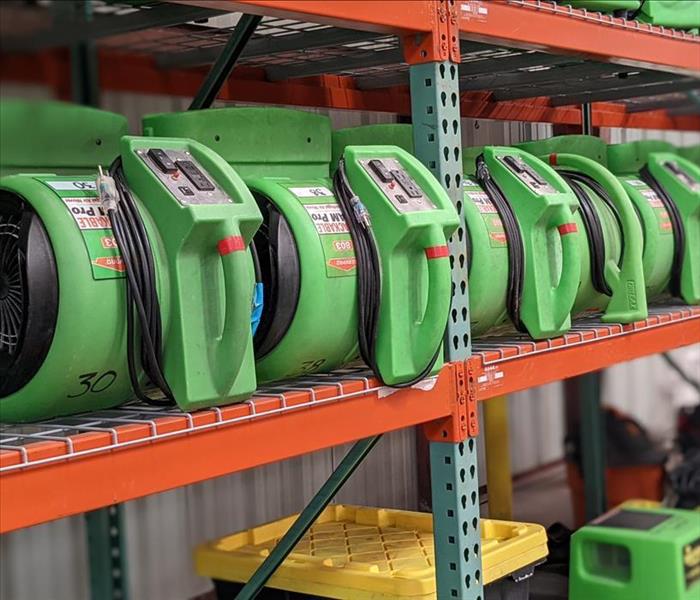Understanding the Timeline: How Long Before Mold Develops in a Leaking Roof?
7/10/2024 (Permalink)
 We explore the timeline for mold development in a leaking roof and provide insights into the factors that influence its growth.
We explore the timeline for mold development in a leaking roof and provide insights into the factors that influence its growth.
A leaking roof can lead to a host of problems for homeowners, including water damage, structural issues, and mold growth. While the visible signs of a leaking roof may be apparent, many homeowners wonder how long it takes for mold to develop in the wake of a roof leak. In this blog post, we'll explore the timeline for mold development in a leaking roof and provide insights into the factors that influence its growth.
Factors Influencing Mold Growth in a Leaking Roof
Moisture Levels:
The primary factor influencing mold growth in a leaking roof is moisture. When water penetrates through a roof leak, it creates damp conditions conducive to mold growth. The severity and duration of the moisture intrusion play a significant role in determining how quickly mold will develop.
Temperature:
Temperature also plays a role in mold growth, with warmer temperatures generally accelerating the growth process. In warmer climates or during the summer months, mold may develop more rapidly in a leaking roof compared to cooler temperatures or winter conditions.
Humidity Levels:
High humidity levels can exacerbate mold growth in a leaking roof, providing additional moisture for mold spores to thrive. Areas with elevated humidity levels, such as attics or poorly ventilated spaces, are particularly susceptible to mold growth following a roof leak.
Timeline for Mold Development in a Leaking Roof
While the timeline for mold development in a leaking roof can vary depending on various factors, including those mentioned above, here's a general overview of how quickly mold may develop:
Initial Water Intrusion:
Following a roof leak, water begins to infiltrate the affected area, saturating building materials such as insulation, drywall, and wood framing. Initially, there may be no visible signs of mold growth, but the conditions are ripe for its development.
Within 24-48 Hours:
Within 24 to 48 hours of a roof leak, mold spores may begin to germinate and colonize the damp surfaces. While mold growth may not be visible to the naked eye during this timeframe, the process has likely already begun, especially in areas with high moisture levels.
Within 48-72 Hours:
Between 48 to 72 hours of sustained moisture exposure, visible mold growth may become apparent on surfaces such as ceilings, walls, and attic spaces. Mold may appear as black, green, or brown spots and may produce a musty odor indicative of its presence.
Preventing Mold Growth from a Leaking Roof
Prompt Roof Repairs:
Address roof leaks promptly to prevent prolonged moisture exposure and mold growth. Hire a qualified roofing contractor to inspect and repair any damaged or deteriorated roofing materials.
Proper Ventilation:
Ensure adequate ventilation in attics and other enclosed spaces to promote airflow and reduce humidity levels. Use exhaust fans, roof vents, and soffit vents to facilitate ventilation and prevent moisture buildup.
Regular Inspections:
Schedule regular inspections of your roof and attic to detect and address potential leaks before they escalate into larger issues. Look for signs of water stains, discoloration, or mold growth, and address any issues promptly.
Mold development in a leaking roof can occur relatively quickly, especially under favorable conditions such as high humidity and warm temperatures. By understanding the factors influencing mold growth and taking proactive measures to address roof leaks and prevent moisture buildup, homeowners can mitigate the risk of mold damage and maintain a healthy indoor environment. If you suspect mold growth from a leaking roof, contact a professional restoration company like SERVPRO® for expert assessment and remediation services.




 24/7 Emergency Service
24/7 Emergency Service